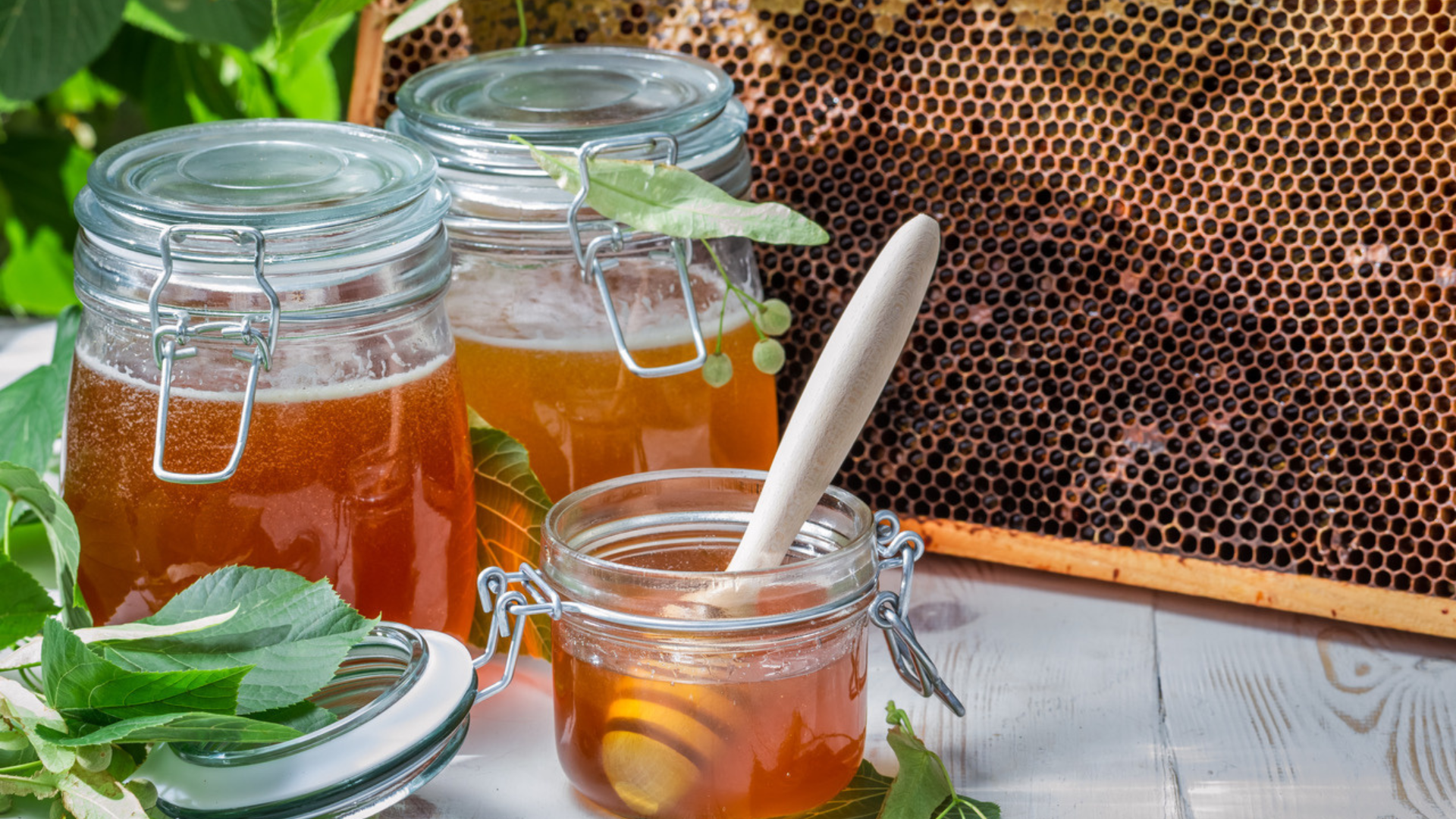
11 Jul The Remarkable Longevity of Honey: Nature’s Preservative Wonder
When you think of foods that can stand the test of time, honey often comes to mind. This golden elixir, cherished for its sweetness and versatility, not only enhances our culinary experiences but also boasts a remarkable ability to remain fresh for incredibly long periods, often for years or even decades. So, what is it about honey that allows it to maintain its quality over time, even without refrigeration? Let’s explore the science behind this natural wonder.
The Chemistry of Honey
At the heart of honey’s longevity is its unique chemical composition. Honey is primarily made up of sugars, primarily fructose and glucose, which constitute about 80% of its content. The remaining 20% consists of water, minerals, vitamins, and other trace compounds. This low water content is crucial; it creates an inhospitable environment for microorganisms, such as bacteria and fungi, which require moisture to thrive. In fact, honey typically contains only about 17-18% water, making it one of the driest food substances available.
Acidity and Antimicrobial Properties
Another important factor contributing to honey’s shelf life is its acidic pH, which typically ranges from 3.2 to 4.5. This acidity not only enhances the flavor but also acts as a natural preservative. Many harmful bacteria and pathogens struggle to survive in acidic environments, allowing honey to resist spoilage.
Moreover, honey contains various natural antimicrobial compounds. One of the key players in this regard is hydrogen peroxide, which is produced through the action of an enzyme called glucose oxidase. When honey is diluted, this enzyme continues to produce hydrogen peroxide, providing ongoing protection against microbial growth. This is one of the reasons why honey has been used for centuries as a natural remedy for wounds and infections.
Storage Conditions and Longevity
While honey can last indefinitely, certain storage conditions can help maintain its quality. To maximize its shelf life, honey should be stored in a cool, dry place, away from direct sunlight. It’s best to keep it in a tightly sealed container to prevent moisture absorption, which can lead to fermentation and spoilage.
Crystallization: A Natural Process
Over time, you might notice that your honey has crystallized, forming solid granules. This is a natural process that occurs when the glucose in honey separates from the water and forms crystals. Contrary to common belief, crystallization does not indicate spoilage; rather, it is a sign of pure honey. If you prefer liquid honey, you can easily return it to its original state by gently warming the container in a warm water bath.
Conclusion
Honey is truly a marvel of nature, combining sweetness, versatility, and an extraordinary ability to remain fresh for years. Its unique properties not only make it a delightful addition to our diets but also a valuable resource for health and wellness. Whether drizzled over your morning toast, stirred into tea, or used as a natural remedy, honey offers a timeless taste that stands the test of time. So, the next time you reach for that jar of honey, remember the incredible science behind its longevity and enjoy it with confidence, knowing it’s one of the most enduring foods on Earth.
For more fascinating insights into the natural world of bees and tips for healthy living, stay tuned to OPRASHI.com!




Sorry, the comment form is closed at this time.